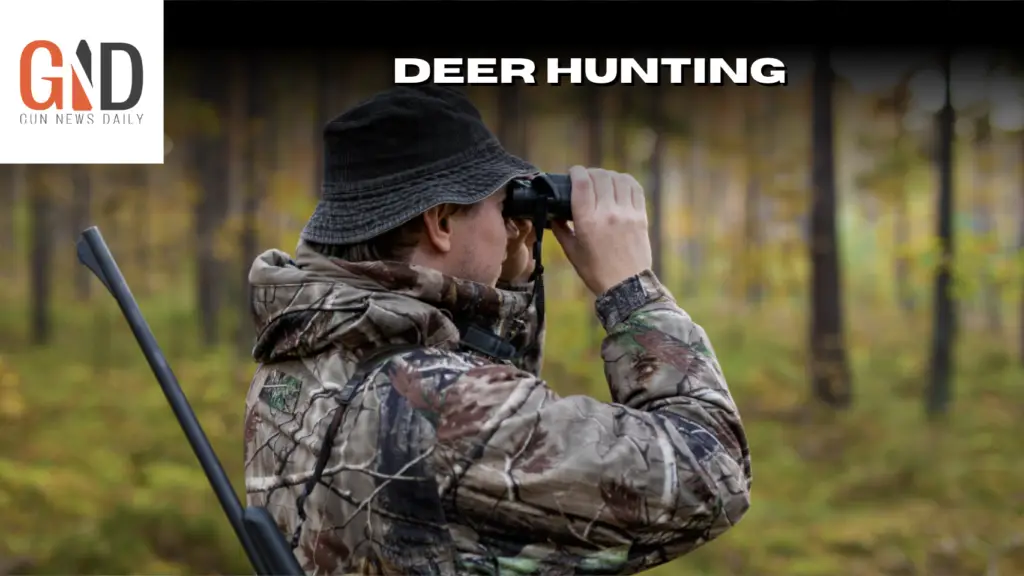A new study by the Pennsylvania Game Commission and Penn State University uses GPS collars to track deer movements, revealing key insights about their behavior during the rut and hunting seasons. Researchers found that deer, particularly does, sometimes travel surprising long distances outside their home range, returning to the same location annually, which raises questions about population dynamics and disease spread.
The researchers noted that factors such as male competition and terrain significantly influence deer dispersal patterns. For instance, while moon phases have little effect on deer movement, temperature changes seem not to impact their behavior during peak breeding seasons. This detailed tracking of movements not only aids in managing chronic wasting disease but also provides valuable information for hunters, making it easier to predict deer behavior based on emerging data.
Read full story at www.dispatch.com














